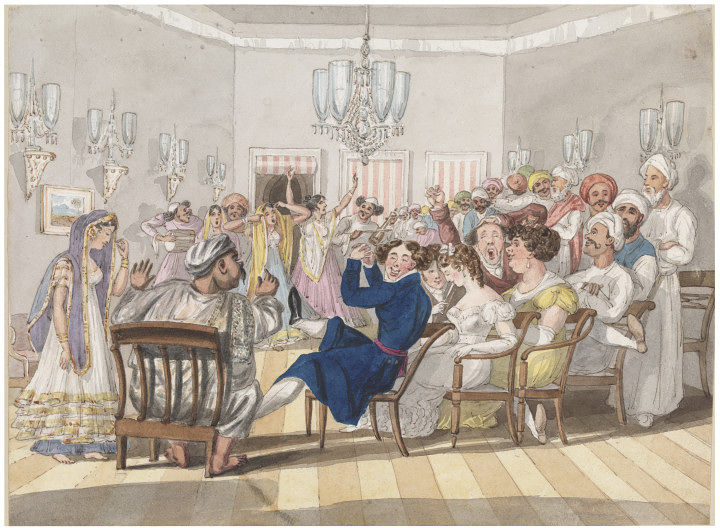Research
- Bob Pagani
![]()
Bob Pagani, is an old man on Periscope, sleeping. Calling the project “Bob is Sleeping”, he broadcasts himself sleeping from 4 am every morning. And he doesn’t know why, but every week THOUSANDS of people love to watch him sleep. His guess: “they probably can’t afford Netflix.”
He then started to broadcast his number inviting viewers to leave him voicemails which he would then play them on loop the next day as he sleeps. The voicemails presented many characters including a guy pretending to be a pharmacist and a woman pretending to be Pagani’s “baby mama” asking for child support. How odd.
Pagani also sets up his sleeping scene, decorating it with a VCR, a rubber ducky, some creepy dolls, an LED light. He even has ambient music playing like Frank Zappa album or the live police scanner.
When asked, one loyal fan referred to Pagani as “uncle Bob” and says she finds it relaxing and stops feeling lonely. Apparently, Pagani fills the void of loneliness and makes dreadful days, better ones – like an old friend talking to you after a shitty day.
- #SleepingSquad

This sleeping squad is a hashtag movement on YouNow of largely teens, sleeping, getting ready for bed or lounging before bed. An article has been written about how parents should be worrying about their children participating in such activity, as one would think that #SleepingSquad is a peeping tom’s heaven.
In an article written about this, it talked about vanity and how in a weird way, broadcasting yourself sleeping is oddly vain. Simply because, “who would care?” But what kind of vanity would that be inviting predatory viewers to come watch you? What kind of vanity would that be to be putting the most unpolished version of yourself?
These teens actually put themselves out there in risk of potential pedophiles to gain more experience and level up – how creepy.
- Ice Poisedon
Ice Poisedon was the first twitch livestream I watched, who broadcasted himself sleeping to make money. Apparently, he is not the only one who has the same idea…
He does this by getting his viewers to wake him up. With every “donation”, the livestream makes a noise chosen by the donor. The one I watched played animal sounds, and even some creepy ghostlike song you would typically hear in a horror movie. But he challenges his viewers, and I think this is what makes his viewers so riled up and entertained. In the end, he made a large sum of money of 5k. In another video, he challenged his viewers to top the 5k record.
What a way to trick your viewers to pay you for their own entertainment and all you do is sleep. Somehow this reminds me of hunger games, where people with money pay you to torture you while you sleep and somehow want to intrude that vulnerability and privacy..like its all a game.
- My project
In my project, I did a livestream of me sleeping. Wearing the hijab posed as an inconvenience to me. Not only was it uncomfortable, but more importantly, I saw it as a visual barrier. The last step I would have to remove in order for my viewers to really experience my full vulnerable self. But when looking back at it, I was probably the first hijabi to be live streaming herself sleeping. And that in itself poses as a new element from the other sleeping livestreams.
It was a symbol of innocence, a protection, a warning, an object that questions people if they should continue watching a girl sleeping in her most vulnerable state. Someone who chooses to cover herself to avoid herself from becoming a predatory victim, has put herself out there to be watched. And the fact that she is unconscious, and cannot see or know what is going on. Would the viewer still continue to push through that visual barrier? What person would that make him to be? I guess I am touching on a topic of morality and self reflection.
As for my friends, they know me, so they were trying to wake me up in the comments. But these viewers are biased in my opinion. And in that way the performance has taken on a completely new meaning.





 Source: Victoria and Albert Museum, London
Source: Victoria and Albert Museum, London 









